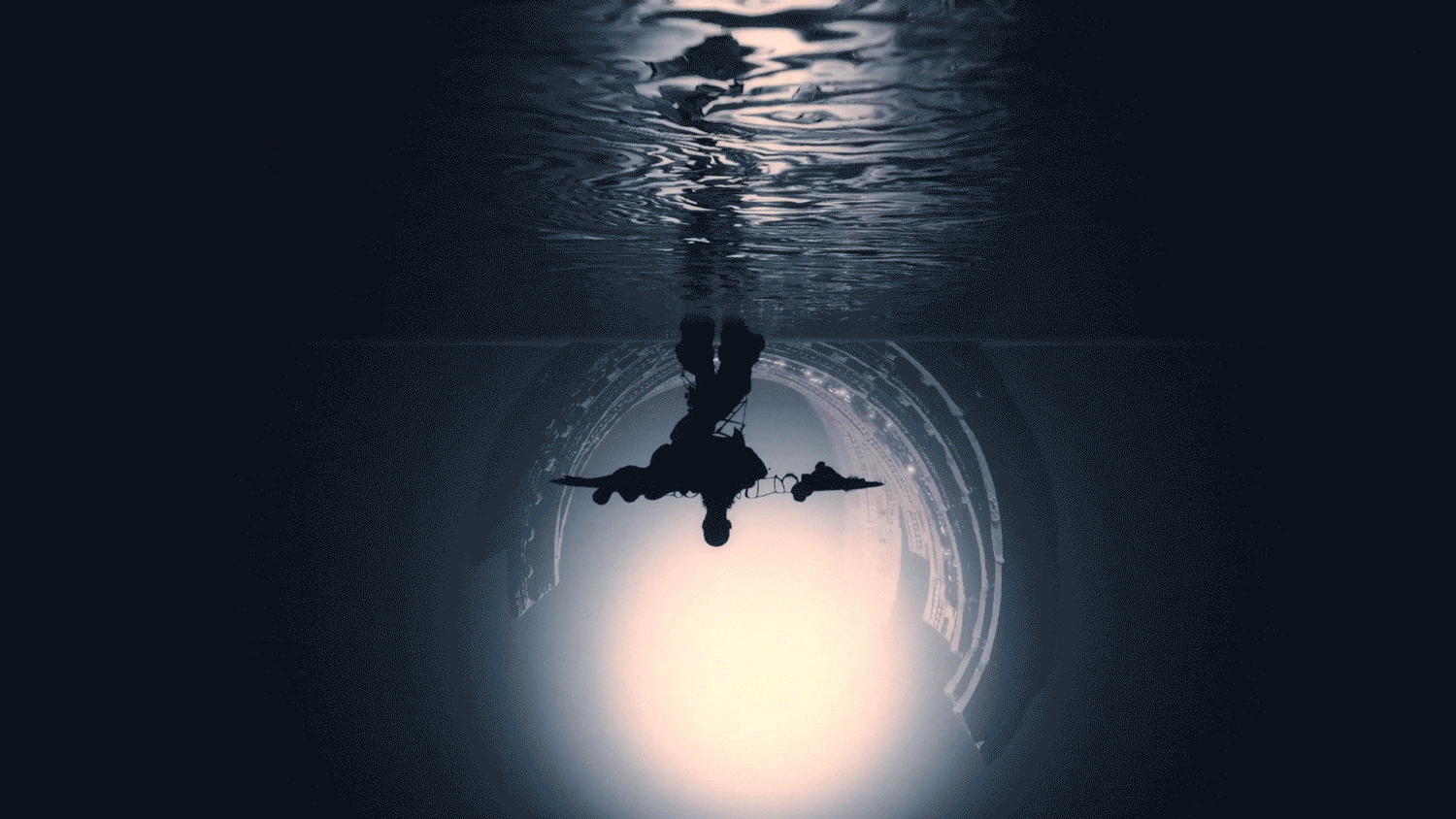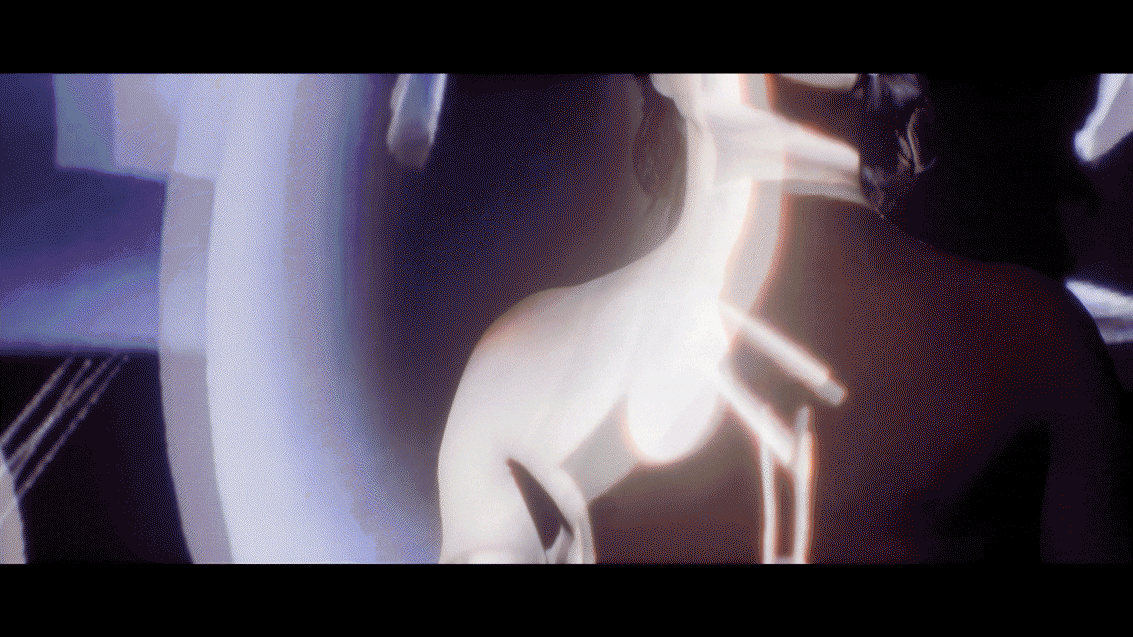Artist Interview: Hugo Wu
Hugo Wu is a Chinese-born, 3D motion designer and art director based in New York City. While inviting audiences to connect with their own inner child and embrace the untamed essence in their hearts, the artist strives to experiment with new tools and technologies to rediscover his passions through his work.
With a background in virtual production, motion graphic and Scandinavian studies, Hugo Wu passionately specializes in 3D motion art, experiential design, and procedural design.
We asked Hugo about his art, creative process, and inspirations.
Can you tell us about your background as a digital artist? How did you get started in this field?
I am Hugo Wu, a visual artist and designer working in moving image media. Currently based in NYC, I specialize in 3D film, video installations, and visual campaigns. I officially began my career as a digital artist after being accepted into the prestigious graduate program at NYU Integrated Design and Media. There, I immersed myself in virtual production, amusement park design, mixed reality filmmaking, and 3D abstract avatar creation.
The opportunities at NYU helped me synthesize all these experiences into a focused career as a digital artist. Since graduating, I've continued growing my skills in emerging tech like virtual production while also developing my artistic vision through creative projects. I'm excited to continue this journey as a digital artist.
Can you tell us about some of your favorite pieces or a past or upcoming project? What makes them special to you?
One of my favorite recent projects is my animated short film Spirit Dive. It incorporates 3D motion digital art and virtual production to tell a visual story about an artist searching for inspiration. The film combines organic, raw aesthetics with a futuristic design aesthetic. I utilized emerging technologies like 3D scanning, MetaHuman, and Unreal Engine 5 to digitally construct the characters and scenes.
What makes Spirit Dive special to me is that it explores nostalgic dreams and wild imagination, reflecting my own childhood memories and creative spirit. I wanted to capture a sense of faded wildness we may leave behind as we grow up. The film invites audiences to connect with their own inner child and embrace the untamed essence in their hearts. Making it allowed me to rediscover my passion for imagination and visual storytelling in a nostalgic yet modern way.
Can you tell us more about Spirit Dive and how it was received by audiences?
My 3D short film Spirit Dive premiered on NOWNESS Asia earlier this year. Recently, it was selected for several film festivals including the New York Cinematography Awards, Paris International Short Awards, Serbest International Film Festival, Hamburg Indie Film Festival, Vancouver Movie International Awards, and FEEDBACK Animation Film & Screenplay Festival. I'm honored to have my film recognized at these prestigious events and am looking forward to potential awards and new exhibition opportunities.
What does your creative process look like? How do you approach brainstorming and conceptualizing ideas?
For my creative process, especially in my personal projects, I kick things off by diving headfirst into the exciting world of motion design research and development. This is where the magic begins as I explore a plethora of techniques and play around with various creative concepts. Instead of sticking to the conventional storyboarding approach, I'm all about generating animatics. These dynamic sketches help me visualize the motion's ebb and flow, and they also serve as a treasure trove of experiments that will eventually contribute to my very own motion design library.
Once I've gathered a bunch of these cool experiments and have a solid grasp of the creative direction I want to pursue, I move on to the brainstorming phase. This is where I let my imagination run wild, sketching out rough concepts and toying with a diverse range of visual and narrative ideas. This flexible brainstorming approach keeps my creativity flowing, allowing me to stay open to those 'Aha!' moments and unexpected bursts of inspiration.
What materials, software, and tools do you typically use for your digital artwork? Are there any specific programs or techniques you specialize in?
I'm constantly trying out new tools and software to keep my artwork fresh! My go-to programs are Houdini for crazy procedural stuff, Cinema 4D for mograph and basic modeling, UE5, Redshift and Octane for rendering - I geek out on all the possibilities. But I'd say Houdini and UE5 are my specialty.
When I've got some free time, I love diving into Houdini to build procedural systems - it's like this endless sandbox where I can generate super complex and organic effects and textures. Lately, I've also been messing with AI techniques like GANs to design trippy video elements. You can train GAN models to do next-frame prediction or style transfers between different visual styles. The results are so surreal - perfect for creating dreamy, psychedelic transitions in my video projects.
Beyond software, I'm also excited about innovative tools for input and modeling, like VR sculpting, 3D scanning and motion capture. I'm always scouting out new tech to push my artwork further. The future feels wide open when you eagerly jump into learning any program or device that enables new creative frontiers. Experimenting with all the possibilities is my favorite part of being a digital artist!







